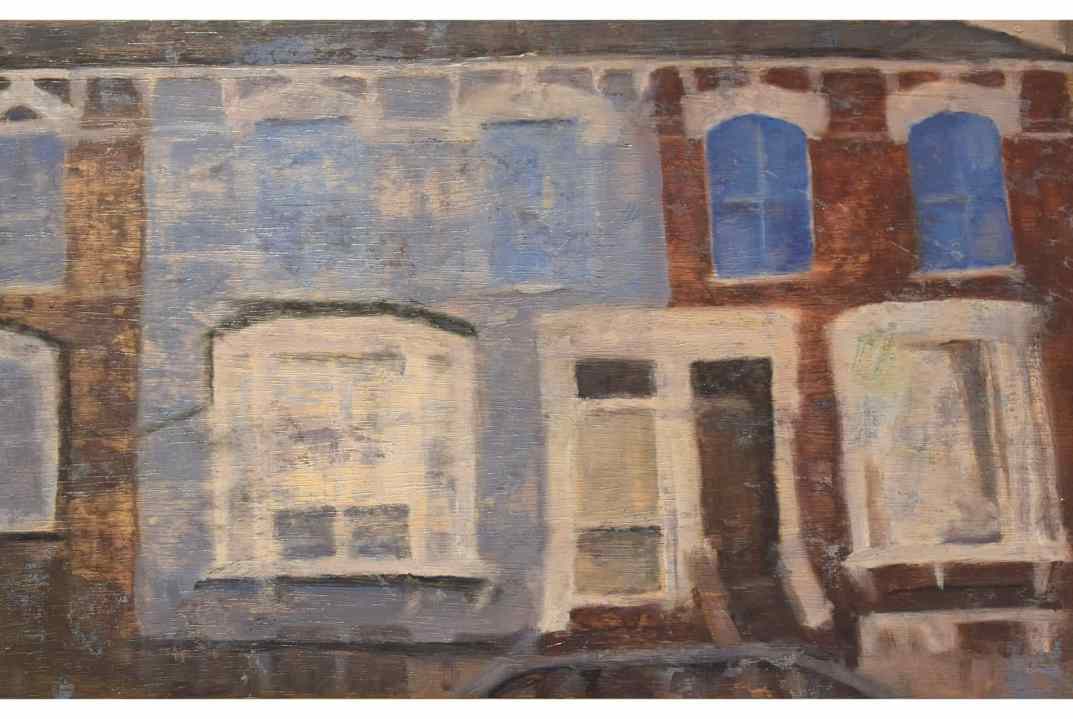Paintings of houses go back a long way in British art: the earliest landscape in Tate Britain is a late 17th-century view of an estate in Belsize Park by the inventor of the country-house portrait, Jan Siberechts. The genre quickly became déclassé. By the 18th century Thomas Gainsborough was painting peasant cottages; by the 20th, Algernon Newton had turned his attention to middle-class villas on London’s canals.
Not made for the owners of the houses they depicted, these paintings were destined to decorate the walls of strangers: the householders might not even know the pictures had been ‘taken’. A commissioned house portrait has legitimacy; a non-commissioned one feels like an invasion of privacy. A house portrait painted on spec invites speculation, encouraging nosiness about the occupants. Windows screened by reflections invite prying eyes, bringing out the net curtain-twitcher in us: a sotto in su perspective on bedroom windows could almost be classed as architectural upskirting.








Comments
Join the debate for just $5 for 3 months
Be part of the conversation with other Spectator readers by getting your first three months for $5.
UNLOCK ACCESS Just $5 for 3 monthsAlready a subscriber? Log in